Author Archives: Sam Rhea
Author Archives: Sam Rhea
Site owners have lacked the ability to determine how AI services use their content for training or other purposes. Today, Cloudflare is releasing a set of tools to make it easy for site owners, creators, and publishers to take back control over how their content is made available to AI-related bots and crawlers. All Cloudflare customers can now audit and control how AI models access the content on their site.
This launch starts with a detailed analytics view of the AI services that crawl your site and the specific content they access. Customers can review activity by AI provider, by type of bot, and which sections of their site are most popular. This data is available to every site on Cloudflare and does not require any configuration.
We expect that this new level of visibility will prompt teams to make a decision about their exposure to AI crawlers. To help give them time to make that decision, Cloudflare now provides a one-click option in our dashboard to immediately block any AI crawlers from accessing any site. Teams can then use this “pause” to decide if they want to allow specific AI providers or types of bots to proceed. Once that Continue reading

Gartner has once again named Cloudflare to the Gartner® Magic Quadrant™ for Security Service Edge (SSE) report1. We are excited to share that Cloudflare is one of only ten vendors recognized in this report. For the second year in a row, we are recognized for our ability to execute and the completeness of our vision. You can read more about our position in the report here.
Last year, we became the only new vendor named in the 2023 Gartner® Magic Quadrant™ for SSE. We did so in the shortest amount of time as measured by the date since our first product launched. We also made a commitment to our customers at that time that we would only build faster. We are happy to report back on the impact that has had on customers and the Gartner recognition of their feedback.
Cloudflare can bring capabilities to market quicker, and with greater cost efficiency, than competitors thanks to the investments we have made in our global network over the last 14 years. We believe we were able to become the only new vendor in 2023 by combining existing advantages like our robust, multi-use global proxy, our lightning-fast DNS resolver, our Continue reading
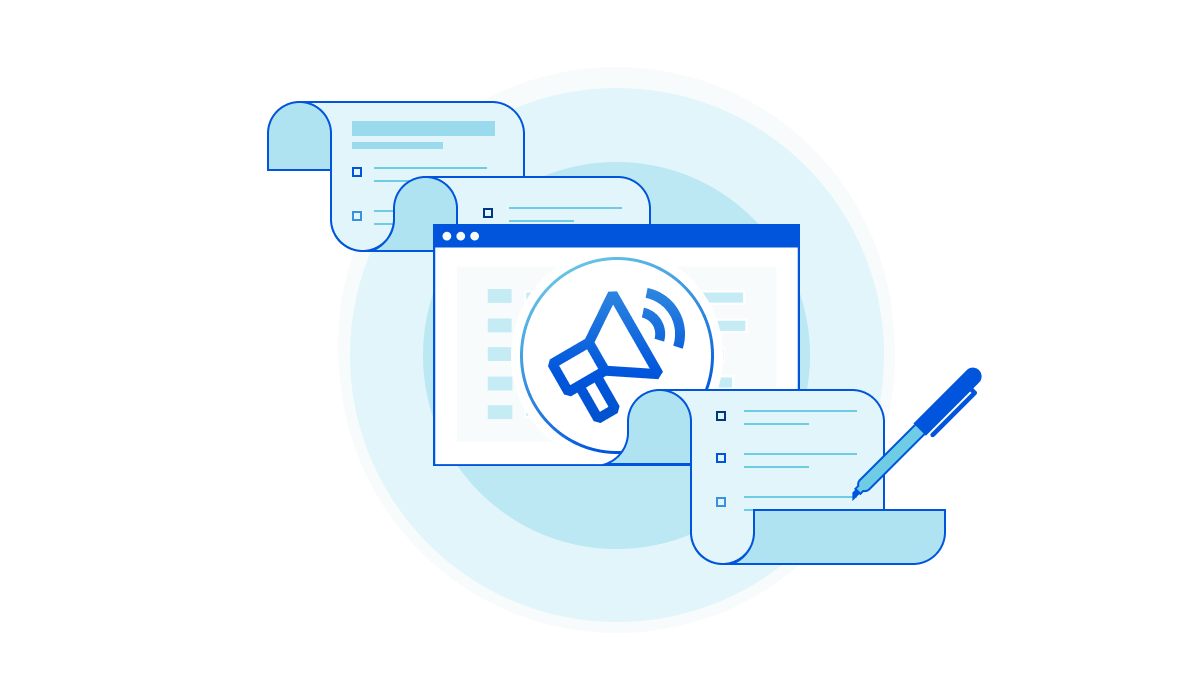
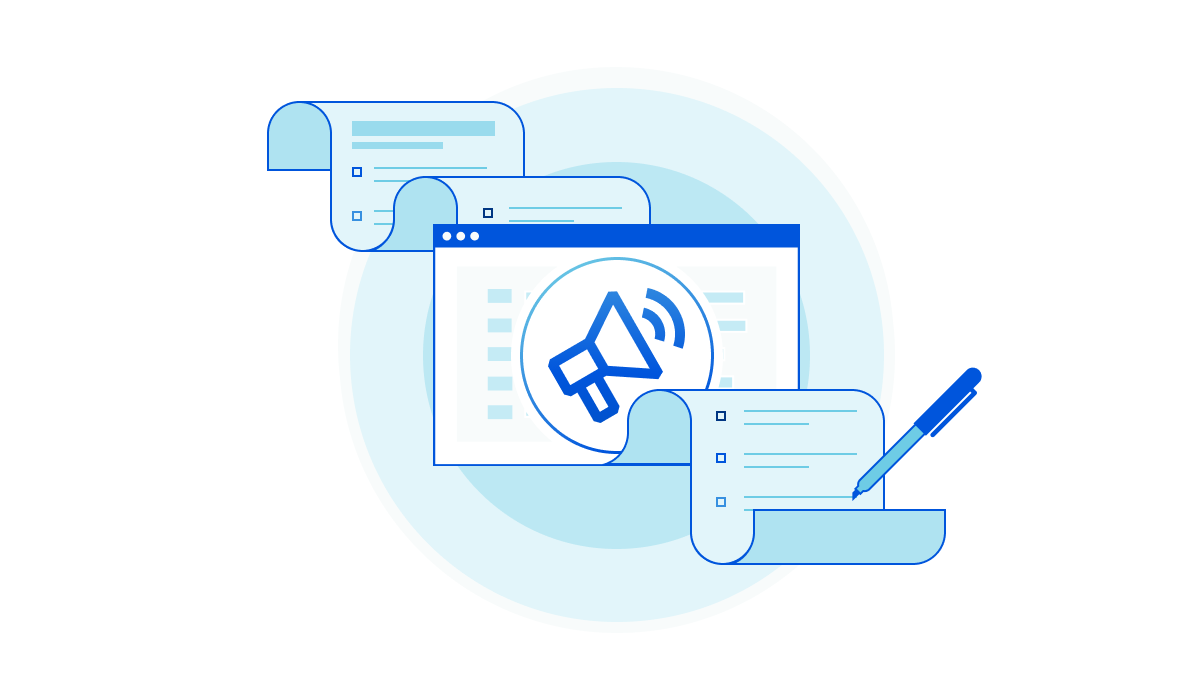
Cloudflare will deprecate the Railgun product on January 31, 2024. At that time, existing Railgun deployments and connections will stop functioning. Customers have the next eight months to migrate to a supported Cloudflare alternative which will vary based on use case.
Cloudflare first launched Railgun more than ten years ago. Since then, we have released several products in different areas that better address the problems that Railgun set out to solve. However, we shied away from the work to formally deprecate Railgun.
That reluctance led to Railgun stagnating and customers suffered the consequences. We did not invest time in better support for Railgun. Feature requests never moved. Maintenance work needed to occur and that stole resources away from improving the Railgun replacements. We allowed customers to deploy a zombie product and, starting with this deprecation, we are excited to correct that by helping teams move to significantly better alternatives that are now available in Cloudflare’s network.
We know that this will require migration effort from Railgun customers over the next eight months. We want to make that as smooth as possible. Today’s announcement features recommendations on how to choose a replacement, how to get started, and guidance on where you Continue reading

A collection of tools from Cloudflare One to help your teams use AI services safely

Cloudflare One gives teams of any size the ability to safely use the best tools on the Internet without management headaches or performance challenges. We’re excited to announce Cloudflare One for AI, a new collection of features that help your team build with the latest AI services while still maintaining a Zero Trust security posture.
A Large Language Model (LLM), like OpenAI’s GPT or Google’s Bard, consists of a neural network trained against a set of data to predict and generate text based on a prompt. Users can ask questions, solicit feedback, and lean on the service to create output from poetry to Cloudflare Workers applications.
The tools also bear an uncanny resemblance to a real human. As in some real-life personal conversations, oversharing can become a serious problem with these AI services. This risk multiplies due to the types of use cases where LLM models thrive. These tools can help developers solve difficult coding challenges or information workers create succinct reports from a mess of notes. While helpful, every input fed into a prompt becomes a piece of Continue reading


Gartner has recognized Cloudflare in the 2023 “Gartner® Magic Quadrant™ for Security Service Edge (SSE)” report for its ability to execute and completeness of vision. We are excited to share that the Cloudflare Zero Trust solution, part of our Cloudflare One platform, is one of only ten vendors recognized in the report.
Of the 10 companies named to this year’s Gartner® Magic Quadrant™ report, Cloudflare is the only new vendor addition. You can read more about our position in the report and what customers say about using Cloudflare One here.
Cloudflare is also the newest vendor when measured by the date since our first products in the SSE space launched. We launched Cloudflare Access, our best-in-class Zero Trust access control product, a little less than five years ago. Since then, we have released hundreds of features and shipped nearly a dozen more products to create a comprehensive SSE solution that over 10,000 organizations trust to keep their organizations data, devices and teams both safe and fast. We moved that quickly because we built Cloudflare One on top of the same network that already secures and accelerates large segments of the Internet today.
We deliver our SSE services on the Continue reading


Cloudflare’s first customers sought us out as the “Web Application Firewall vendor” or their DDoS-mitigating Content Delivery Network. We earned their trust by solving their problems in those categories and dozens of others. Today, over 100,000 customers now rely on Cloudflare to secure and deliver their Internet properties.
However, our conversations with CIOs evolved over the last few years. The discussions stopped centering around a specific product. CIOs, and CSOs too, approached us with the challenge of managing connectivity and security for their entire enterprise. Whether they described their goals as Zero Trust or Secure Access Service Edge (SASE), their existing appliances and point solutions could no longer keep up. So we built Cloudflare One to help them.
Today, over 10,000 organizations trust Cloudflare One to connect and secure their users, devices, applications, and data. As part of CIO Week, we spoke with the leaders of some of our largest customers to better understand why they selected Cloudflare.
The feedback centered around six themes:

This post is also available in 日本語, Deutsch, Français, Español.

The organizations served by Projects Galileo and Athenian face the same security challenges as some of the world’s largest companies, but lack the budget to protect themselves. Sophisticated phishing campaigns attempt to compromise user credentials. Bad actors find ways to disrupt connectivity to critical resources. However, the tools to defend against these threats have historically only been available to the largest enterprises.
We’re excited to help fix that. Starting today, we are making the Cloudflare One Zero Trust suite available to teams that qualify for Project Galileo or Athenian at no cost. Cloudflare One includes the same Zero Trust security and connectivity solutions used by over 10,000 customers today to connect their users and safeguard their data.
Athenian Project candidates work to safeguard elections in the United States. Project Galileo applicants launched their causes to support journalists, encourage artistic expression, or protect persecuted groups. They each set out to fix difficult and painful problems. None of the applications to our programs wrote their mission statement to deal with phishing attacks or internal data loss.
However, security problems plague these teams. Instead of being Continue reading

Earlier today, Cloudflare announced that we have acquired Vectrix, a cloud-access security broker (CASB) company focused on solving the problem of control and visibility in the SaaS applications and public cloud providers that your team uses.
We are excited to welcome the Vectrix team and their technology to the Cloudflare Zero Trust product group. We don’t believe a CASB should be a point solution. Instead, the features of a CASB should be one component of a comprehensive Zero Trust deployment. Each piece of technology, CASB included, should work better together than they would as a standalone product.
We know that this migration is a journey for most customers. That’s true for our own team at Cloudflare, too. We’ve built our own Zero Trust platform to solve problems for customers at any stage of that journey.
Several years ago, we protected the internal resources that Cloudflare employees needed by creating a private network with hardware appliances. We deployed applications in a data center and made them available to this network. Users inside the San Francisco office connected to a secure Wi-Fi network that placed them on the network.
For everyone else, we punched a Continue reading

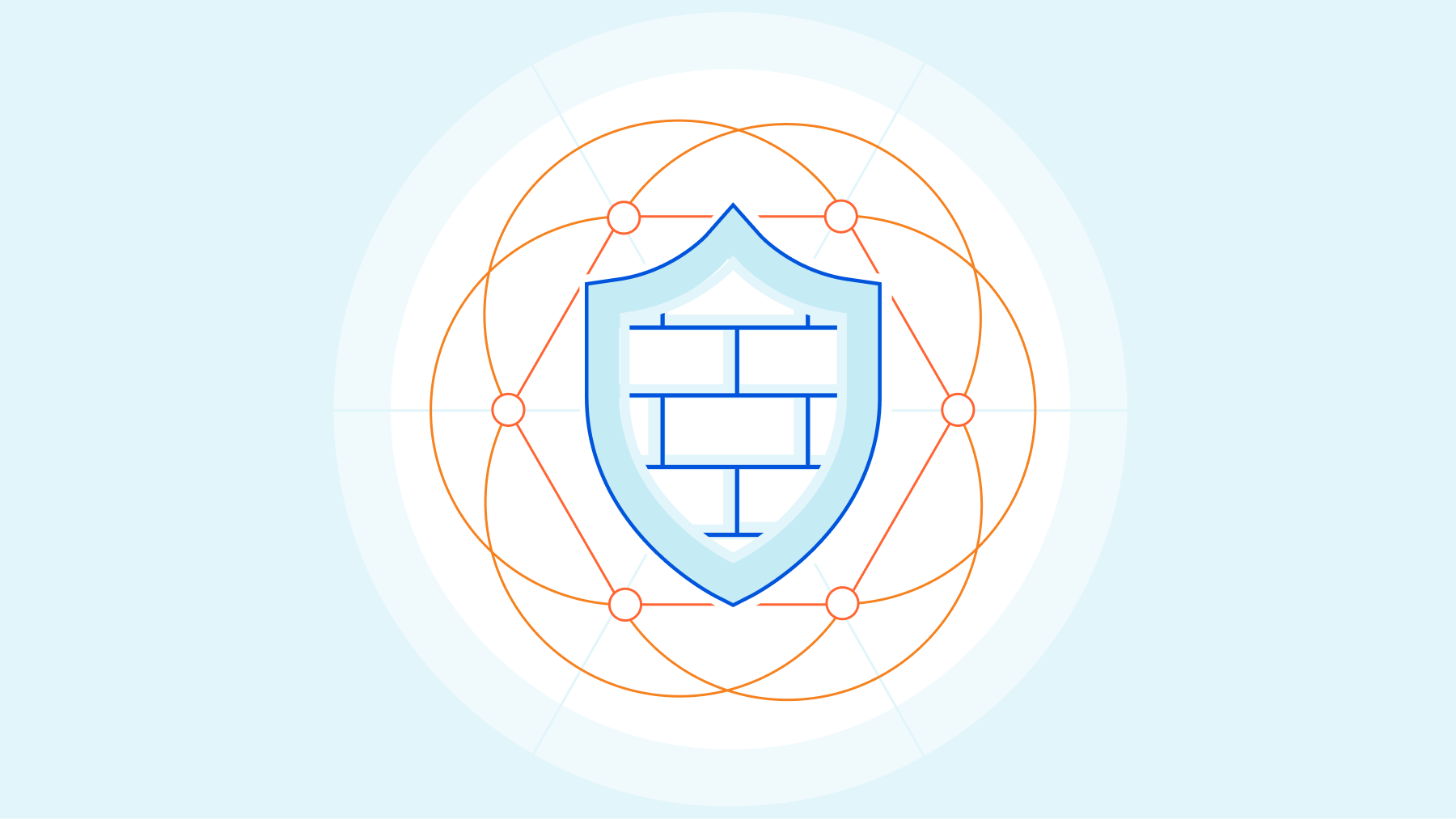
The vulnerability disclosed yesterday in the Java-based logging package, log4j, allows attackers to execute code on a remote server. We’ve updated Cloudflare’s WAF to defend your infrastructure against this 0-day attack. The attack also relies on exploiting servers that are allowed unfettered connectivity to the public Internet. To help solve that challenge, your team can deploy Cloudflare One today to filter and log how your infrastructure connects to any destination.
You can read about the vulnerability in more detail in our analysis published earlier today, but the attack starts when an attacker adds a specific string to input that the server logs. Today’s updates to Cloudflare’s WAF block that malicious string from being sent to your servers. We still strongly recommend that you patch your instances of log4j immediately to prevent lateral movement.
If the string has already been logged, the vulnerability compromises servers by tricking them into sending a request to a malicious LDAP server. The destination of the malicious server could be any arbitrary URL. Attackers who control that URL can then respond to the request with arbitrary code that the server can execute.
At the time of this blog, it Continue reading


Starting today, your team can create a private network on Cloudflare’s network. Team members click a single button to connect to private IPs in environments that you control. Cloudflare’s network routes their connection through a data center in one of over 200 cities around the world. On the other side, administrators deploy a lightweight software connector that replaces traditional VPN appliances.
Cloudflare’s private network combines IP level connectivity and Zero Trust controls. Thick clients like RDP software, SMB file viewers, or other programs can connect to the private IPs already in use in your deployment without any additional configuration. Coming soon, you’ll be able to layer additional identity-based network-level rules to control which users, from which devices, can reach specific IPs.
We are launching this feature as a follow-up to Cloudflare’s Developer Week because we are excited to give your development team, and your entire organization, a seamless platform for building and connecting your internal resources. We built this solution based on feedback from customers who want to move to a Zero Trust model without sacrificing some of the convenience of a private network.
We’re excited to give any team the ability to run their internal network on Cloudflare’s global Continue reading
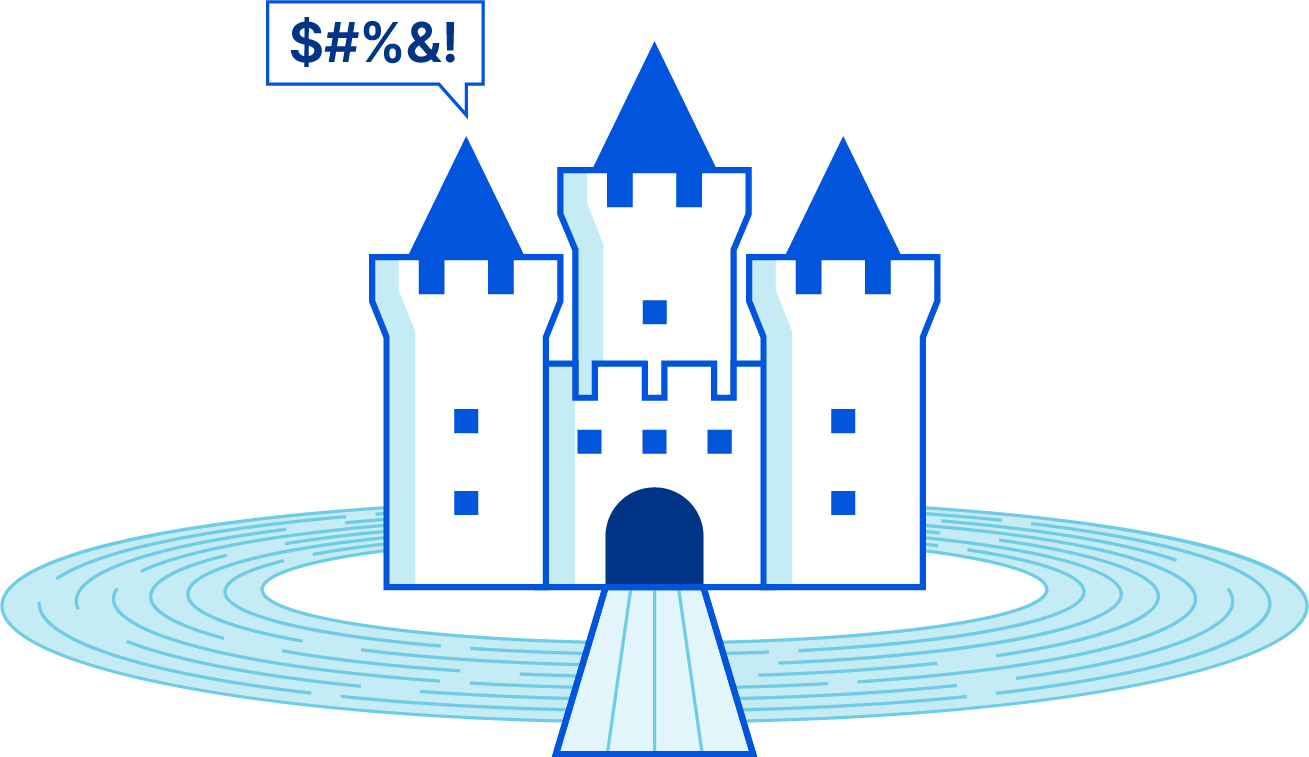
Today, we’re excited to announce that your team can use Cloudflare’s network to build Zero Trust controls over the data in your enterprise - wherever it lives and however it moves.
Stopping data loss is difficult for any team and that challenge has become harder as users have left offices and data has left on-premise storage centers. Enterprises can no longer build a simple castle-and-moat around their data. Users now connect from any location on the planet to applications that live in environments outside of that enterprise’s control.
We have talked to hundreds of customers who have resorted to applying stopgap measures to try and maintain that castle-and-moat model in some form, but each of those band-aids slow down their users or drive up costs - or both. Almost all of the short-term options available combine point solutions that ultimately force traffic to backhaul through a central location.
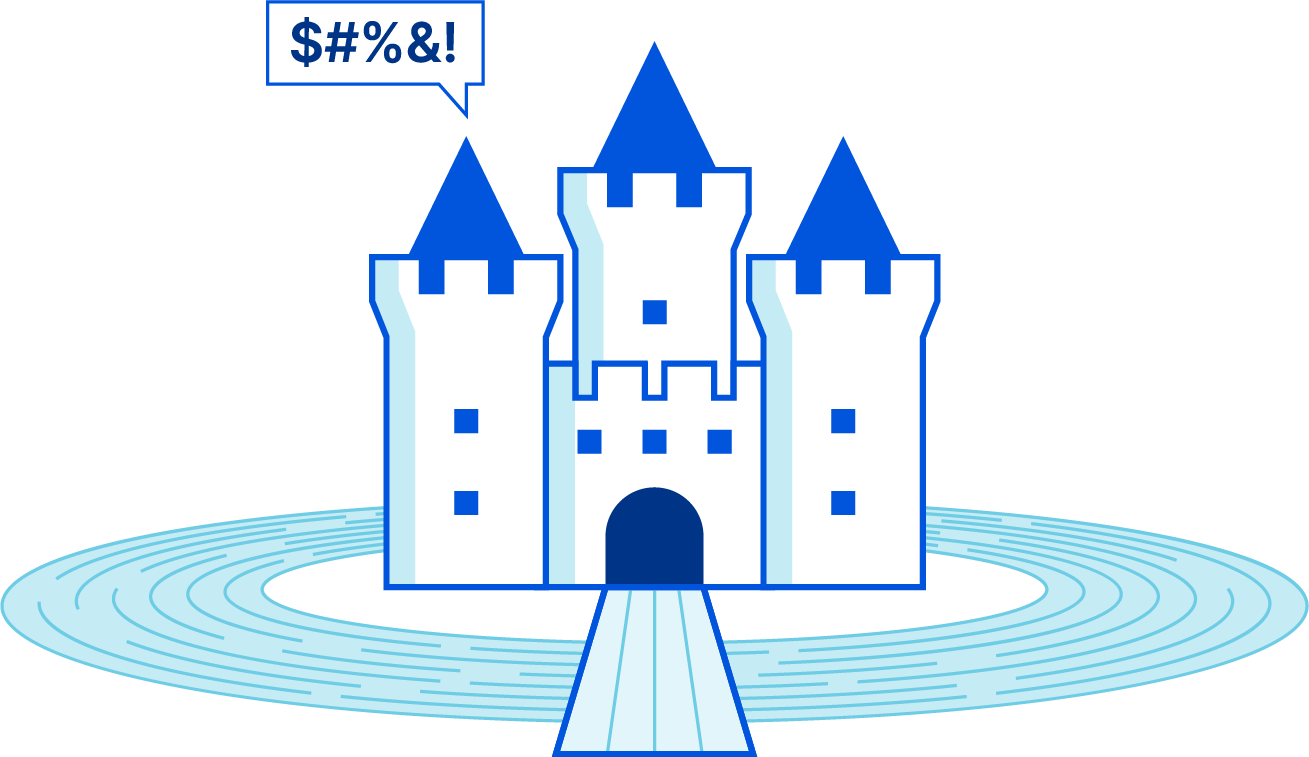
Part of Cloudflare One, Cloudflare’s approach to data loss prevention relies on the same infrastructure and global network that accelerates user traffic to the Internet to also perform inline inspection against all traffic regardless of how it arrives on our network.
We also know that enterprises need more than just scanning Continue reading
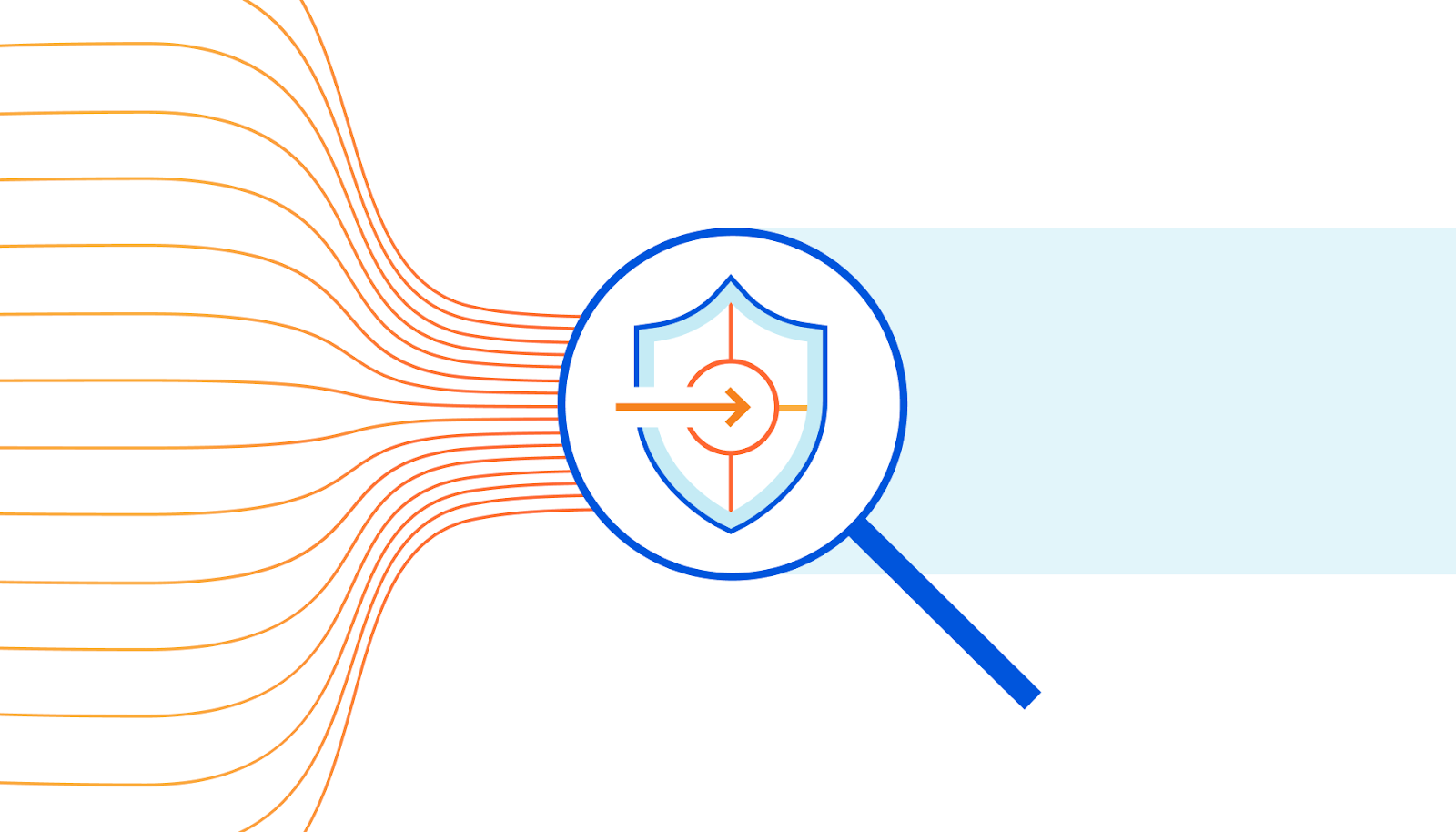
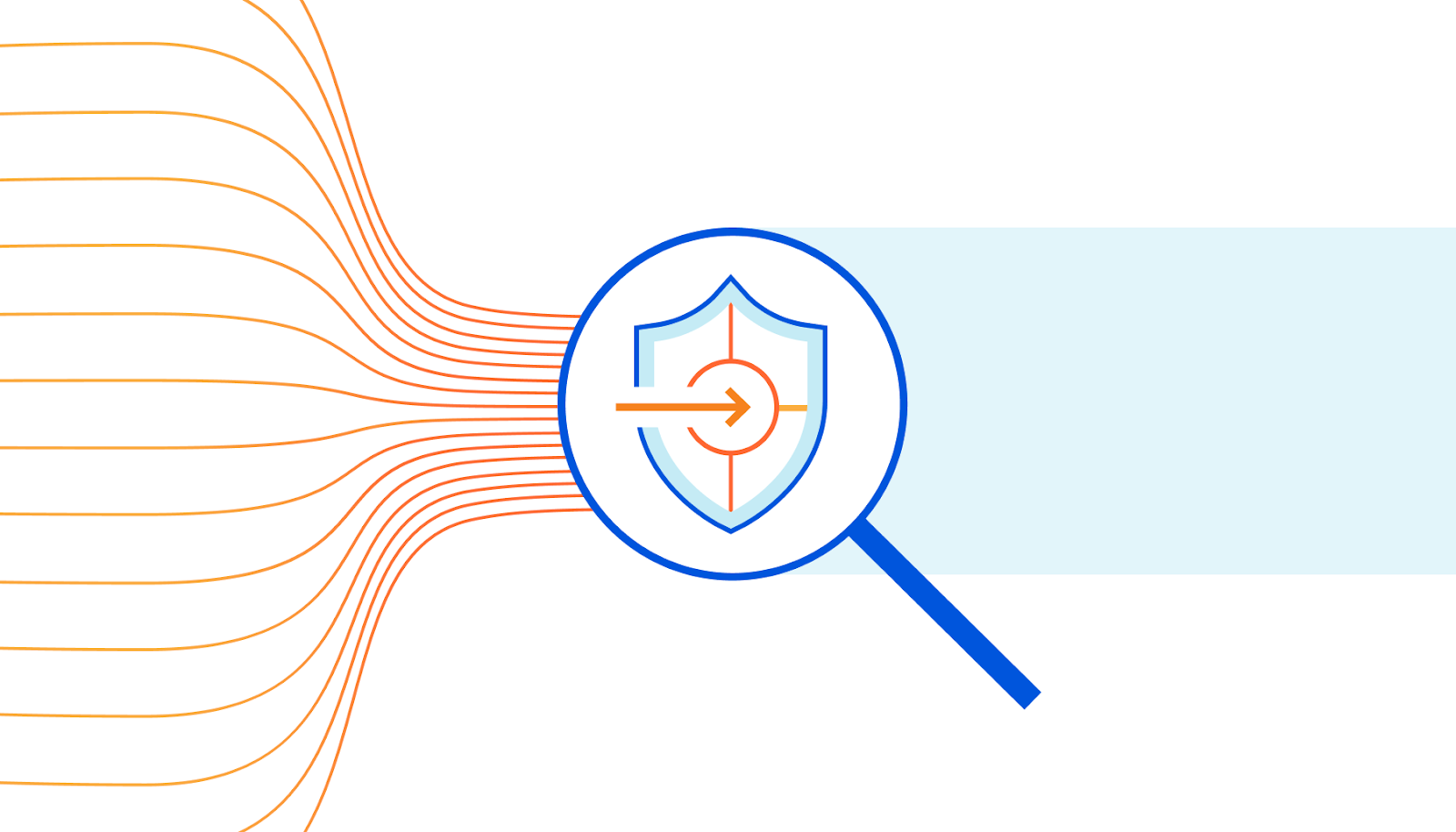
Today, we’re very excited to announce our plans for Cloudflare Intrusion Detection System, a new product that monitors your network and alerts when an attack is suspected. With deep integration into Cloudflare One, Cloudflare Intrusion Detection System gives you a bird’s eye view of your entire global network and inspects all traffic for bad behavior, regardless of whether it came from outside or inside your network.
Enterprises build firewall rules to keep their networks safe from external and internal threats. When bad actors try to attack a network, those firewalls check if the attack matches a rule pattern. If it does, the firewall steps in and blocks the attack.
Teams used to configure those rules across physical firewall appliances, frequently of different makes and models, deployed to physical locations. Yesterday, we announced Magic Firewall, Cloudflare’s network-level firewall delivered in our data centers around the world. Your team can write a firewall rule once, deploy it to Cloudflare, and our global network will protect your offices and data centers without the need for on-premises hardware.
This is great if you know where attacks are coming from. If you don’t have that level Continue reading
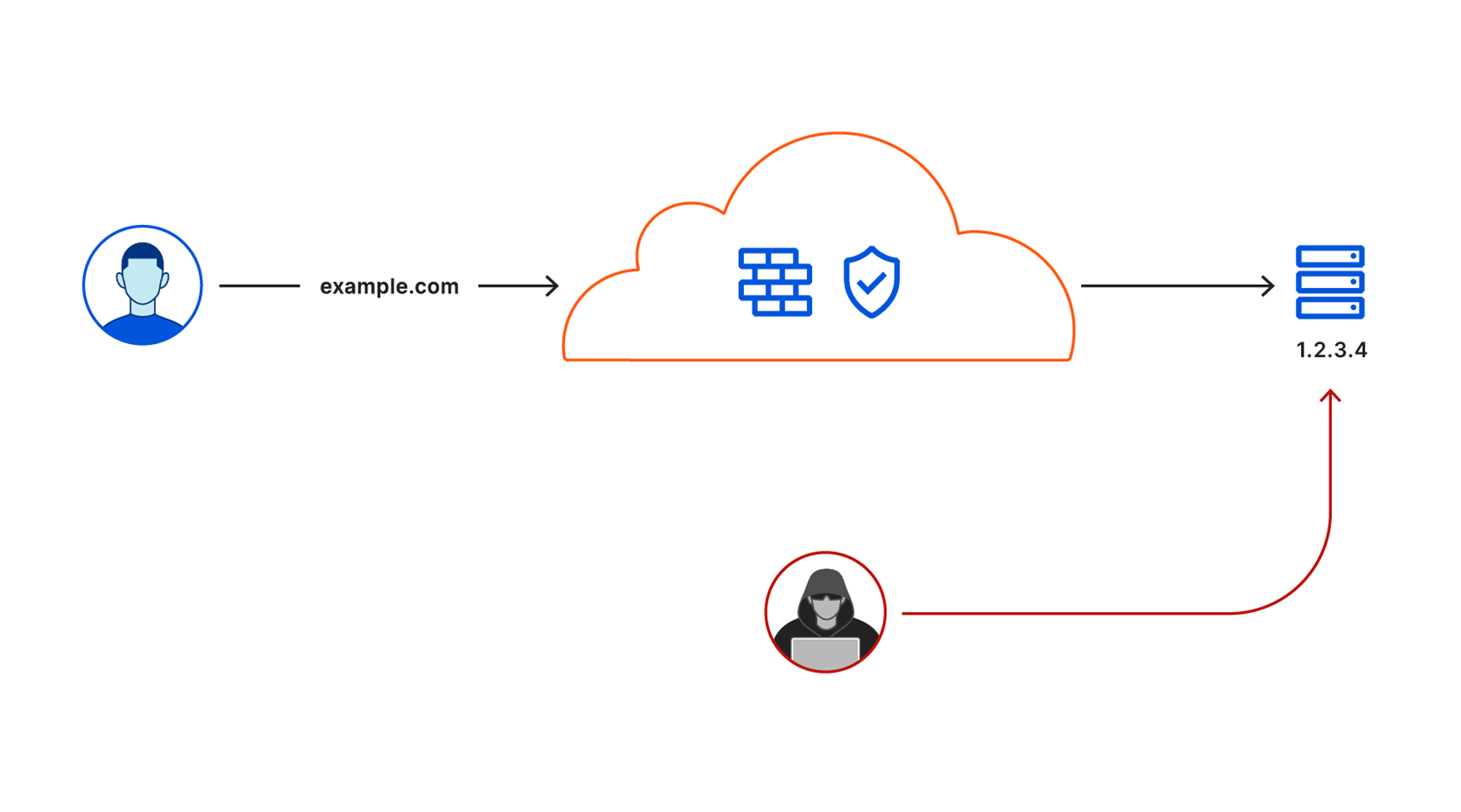
Cloudflare secures your origin servers by proxying requests to your DNS records through our anycast network and to the external IP of your origin. However, external IP addresses can provide attackers with a path around Cloudflare security if they discover those destinations.
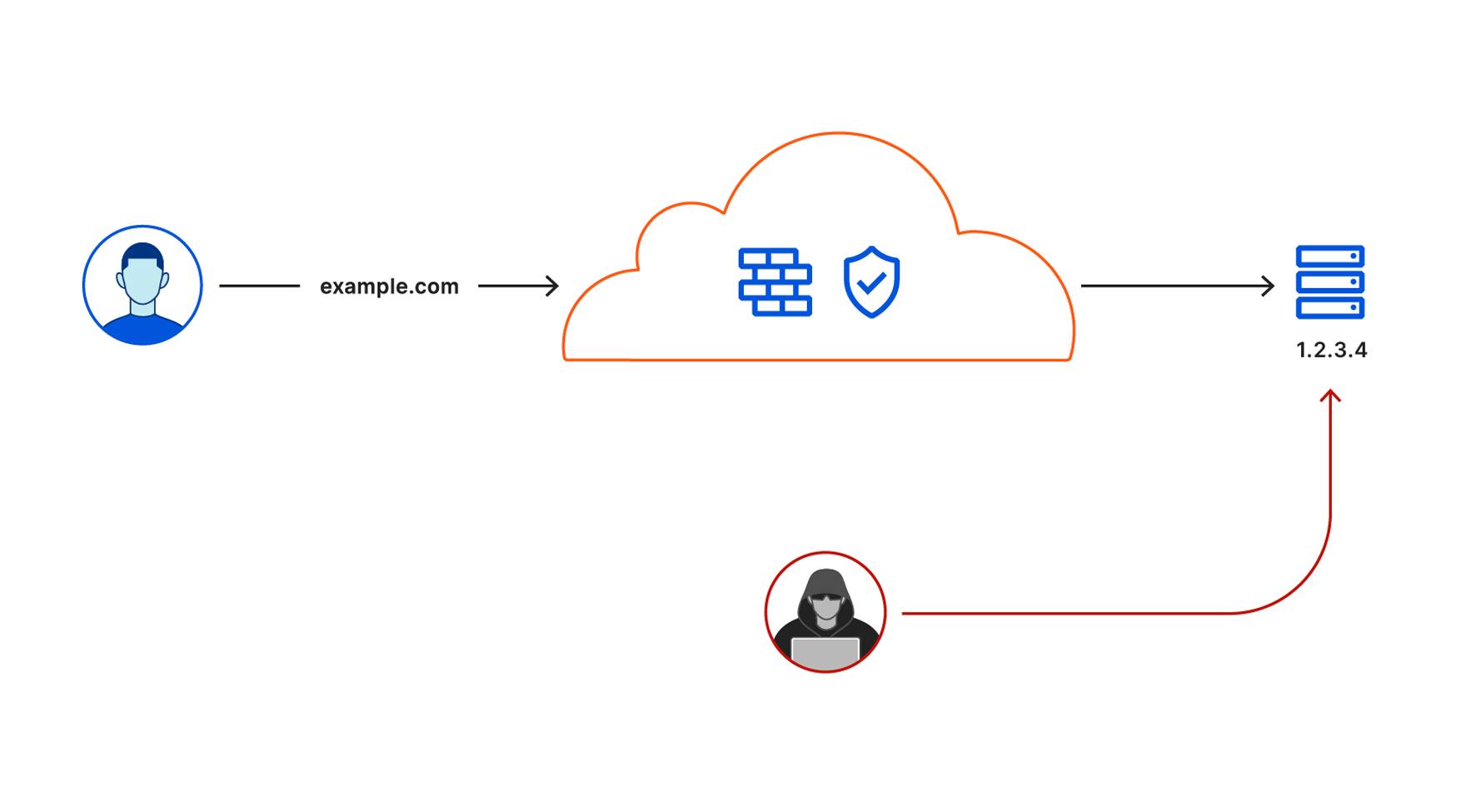
We launched Argo Tunnel as a secure way to connect your origin to Cloudflare without a publicly routable IP address. With Tunnel, you don’t send traffic to an external IP. Instead, a lightweight daemon runs in your infrastructure and creates outbound-only connections to Cloudflare’s edge. With Argo Tunnel, you can quickly deploy infrastructure in a Zero Trust model by ensuring all requests to your resources pass through Cloudflare’s security filters.

Originally, your Argo Tunnel connection corresponded to a DNS record in your account. Requests to that hostname hit Cloudflare’s network first and our edge sends those requests over the Argo Tunnel to your origin. Since these connections are outbound-only, you no longer need to poke holes in your infrastructure’s firewall. Your origins can serve traffic through Cloudflare without being vulnerable to attacks that bypass Cloudflare.
However, fitting an outbound-only connection into a reverse proxy creates some ergonomic and stability hurdles. The original Argo Tunnel architecture attempted to both Continue reading
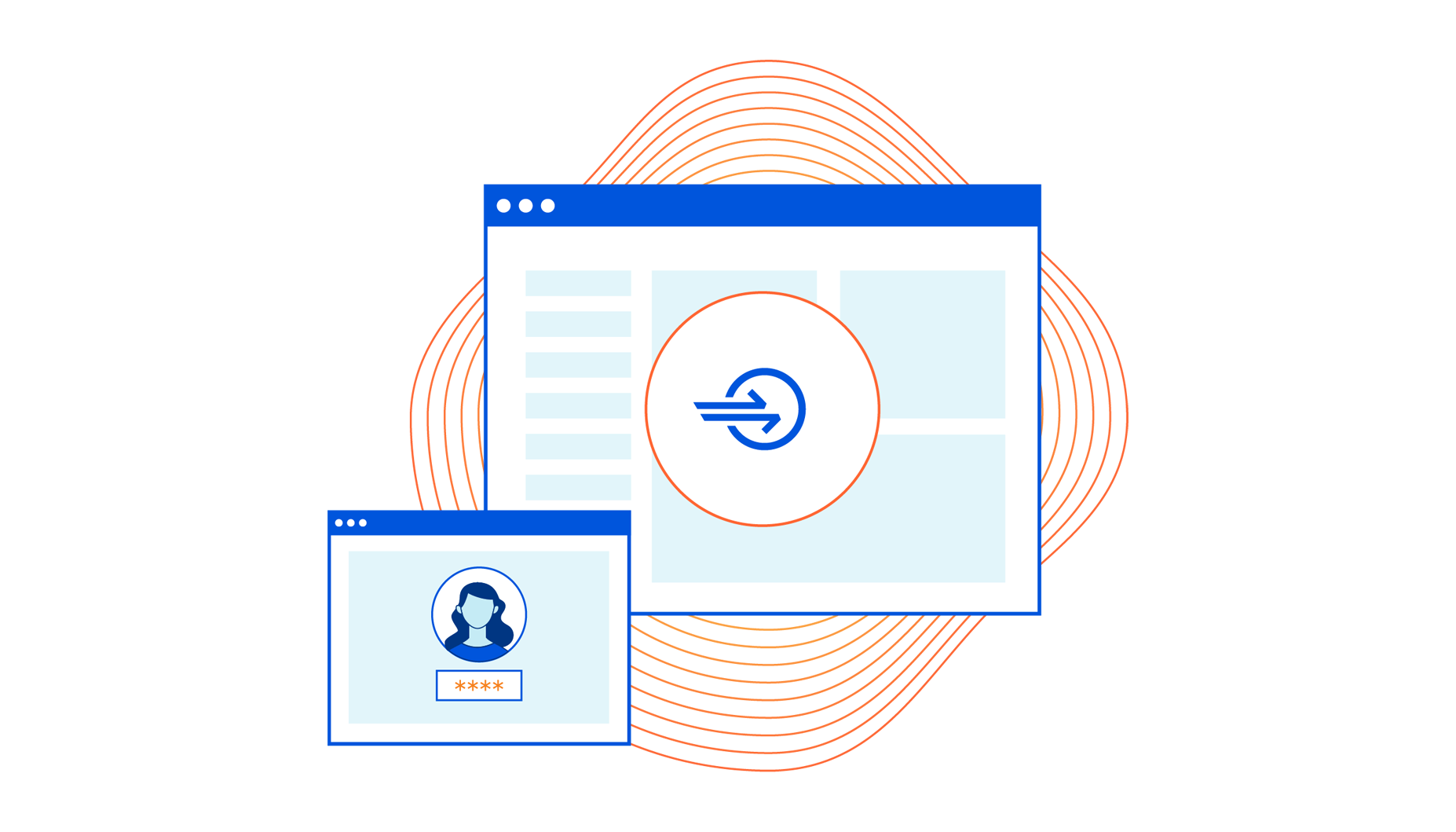
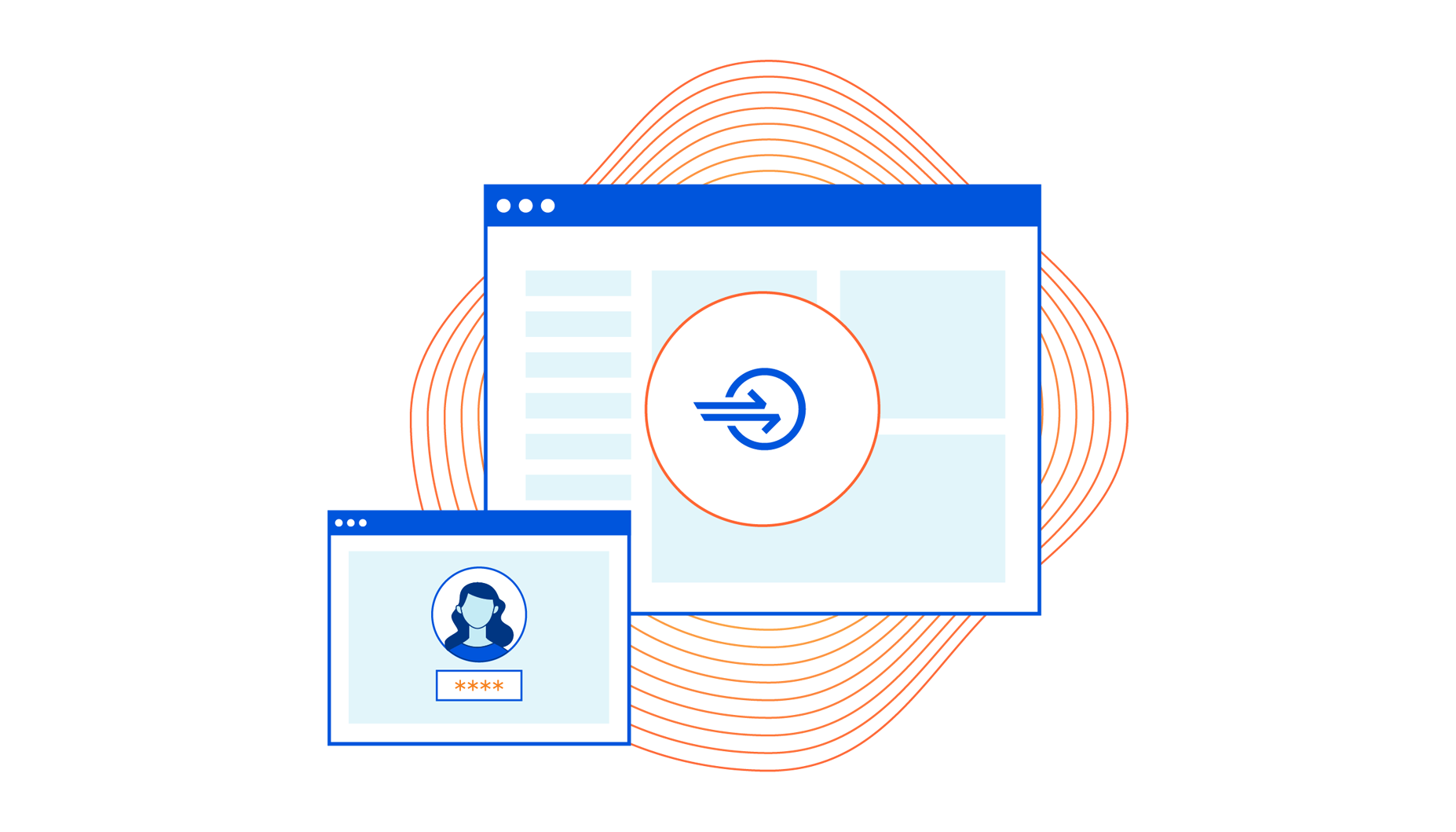
We built Cloudflare Access™ as a tool to solve a problem we had inside of Cloudflare. We rely on a set of applications to manage and monitor our network. Some of these are popular products that we self-host, like the Atlassian suite, and others are tools we built ourselves. We deployed those applications on a private network. To reach them, you had to either connect through a secure WiFi network in a Cloudflare office, or use a VPN.
That VPN added friction to how we work. We had to dedicate part of Cloudflare’s onboarding just to teaching users how to connect. If someone received a PagerDuty alert, they had to rush to their laptop and sit and wait while the VPN connected. Team members struggled to work while mobile. New offices had to backhaul their traffic. In 2017 and early 2018, our IT team triaged hundreds of help desk tickets with titles like these:

While our IT team wrestled with usability issues, our Security team decided that poking holes in our private network was too much of a risk to maintain. Once on the VPN, users almost always had too much access. We had limited visibility into what happened on Continue reading
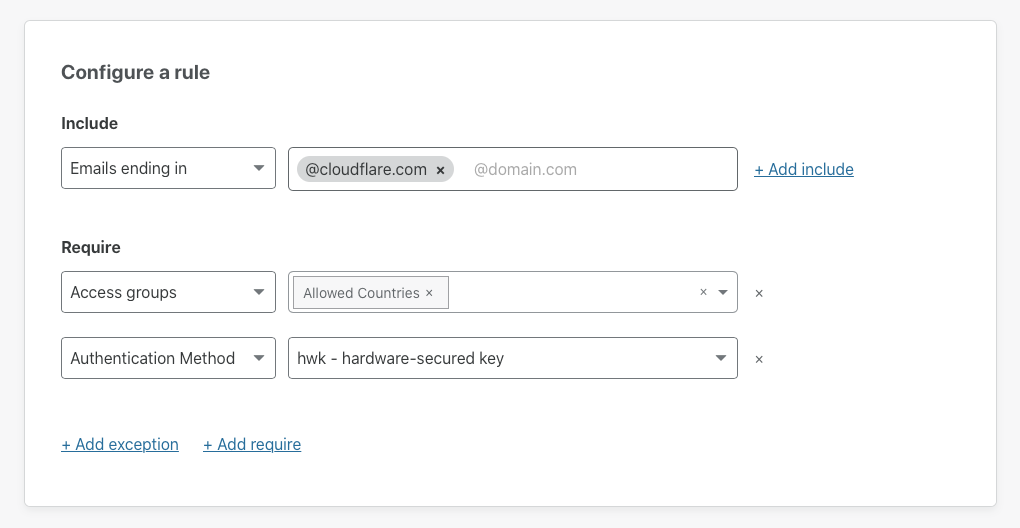
Your team members are probably not just working from home - they may be working from different regions or countries. The flexibility of remote work gives employees a chance to work from the towns where they grew up or countries they always wanted to visit. However, that distribution also presents compliance challenges.
Depending on your industry, keeping data inside of certain regions can be a compliance or regulatory requirement. You might require employees to connect from certain countries or exclude entire countries altogether from your corporate systems.
When we worked in physical offices, keeping data inside of a country was easy. All of your users connecting to an application from that office were, of course, in that country. Remote work changed that and teams had to scramble to find a way to keep people productive from anywhere, which often led to sacrifices in terms of compliance. Starting today, you can make geography-based compliance easy again in Cloudflare Access with just two clicks.
You can now build rules that require employees to connect from certain countries. You can also add rules that block team members from connecting from other countries. This feature works with any identity provider configured and requires no Continue reading
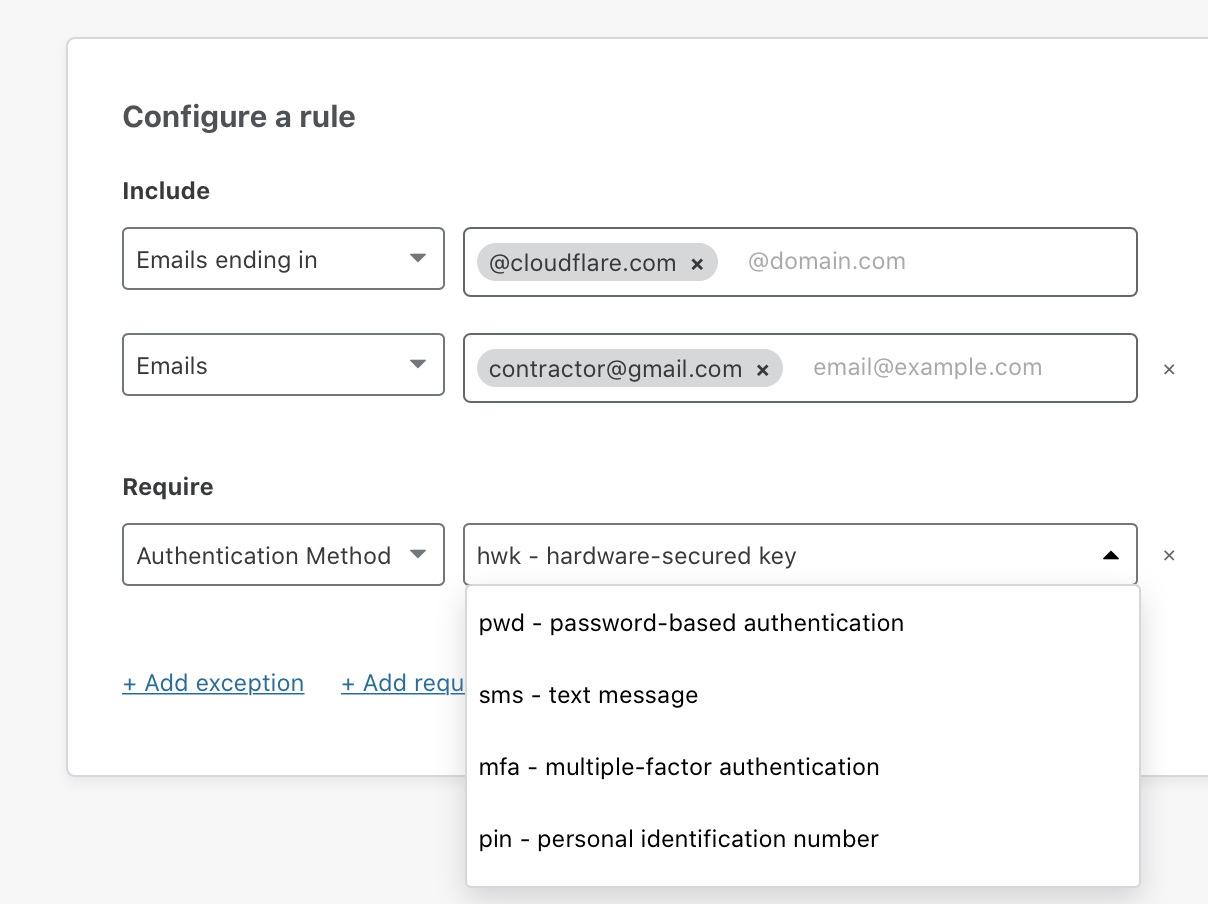
Last month, attackers compromised a Twitter team member’s access to an internal administrative panel in order to take over high-profile accounts. Full details of the breach are still pending, but Twitter has shared that the attackers stole credentials through a coordinated spear phishing attack.
The attackers convinced a team member to share login permissions, giving the attackers the ability to access the Twitter control plane. Once authenticated, they sent password reset flows to email accounts they controlled in order to hijack the Twitter accounts.
Administrative panels like Twitter’s are a rich target for phishing attacks because they give attackers a backdoor to privileged systems. Customer-facing teams at SaaS companies rely on these administrative panels to update end-user data and troubleshoot user account issues. If an attacker can compromise a single team member’s account they can potentially impact thousands of end users.
We have our own administrative panel at Cloudflare and we’ve deployed a number of safeguards over the last several years to keep it secure from phishing attacks. However, we had no way to enforce the security feature we think would most insulate us from phishing attacks: physical hard keys.
With hard keys, users can only login when they use Continue reading
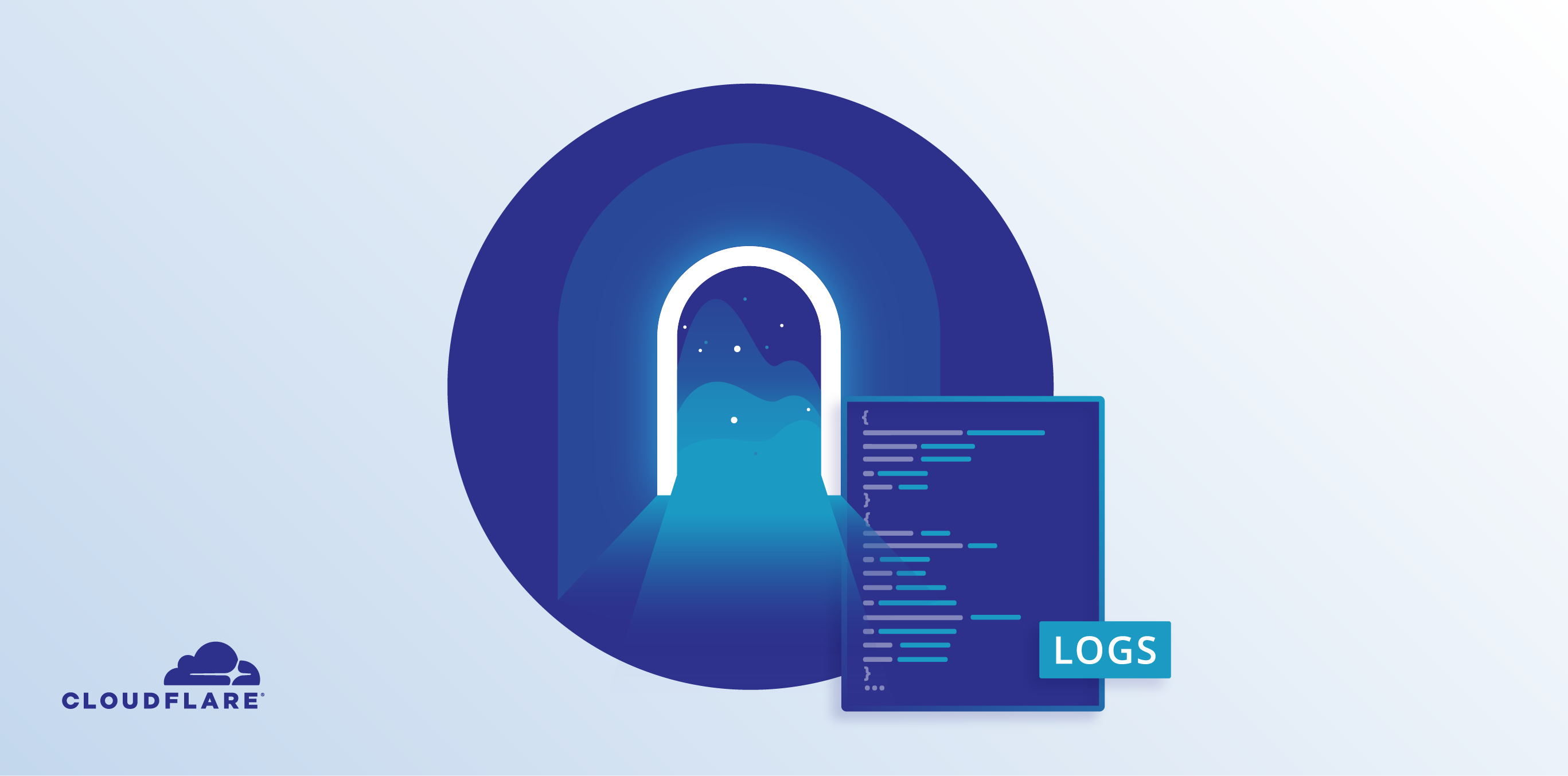
Like many people, I have spent a lot more time at home in the last several weeks. I use the free version of Cloudflare Gateway, part of Cloudflare for Teams, to secure the Internet-connected devices on my WiFi network. In the last week, Gateway has processed about 114,000 DNS queries from those devices and blocked nearly 100 as potential security risks.
I can search those requests in the Cloudflare for Teams UI. The logs capture the hostname requested, the time of the request, and Gateway’s decision to allow or block. This works fine for one-off investigations into a block, but does not help if I want to analyze the data more thoroughly. The last thing I want to do is click through hundreds or thousands of pages.
That problem is even more difficult for organizations attempting to keep hundreds or thousands of users and their devices secure. Whether they secure roaming devices with DoH or a static IP address, or keep users safe as they return to offices, deployments at that scale need a better option for auditing tens or hundreds of millions of queries each week.
Starting today, you can configure the automatic export of logs from Cloudflare Gateway Continue reading
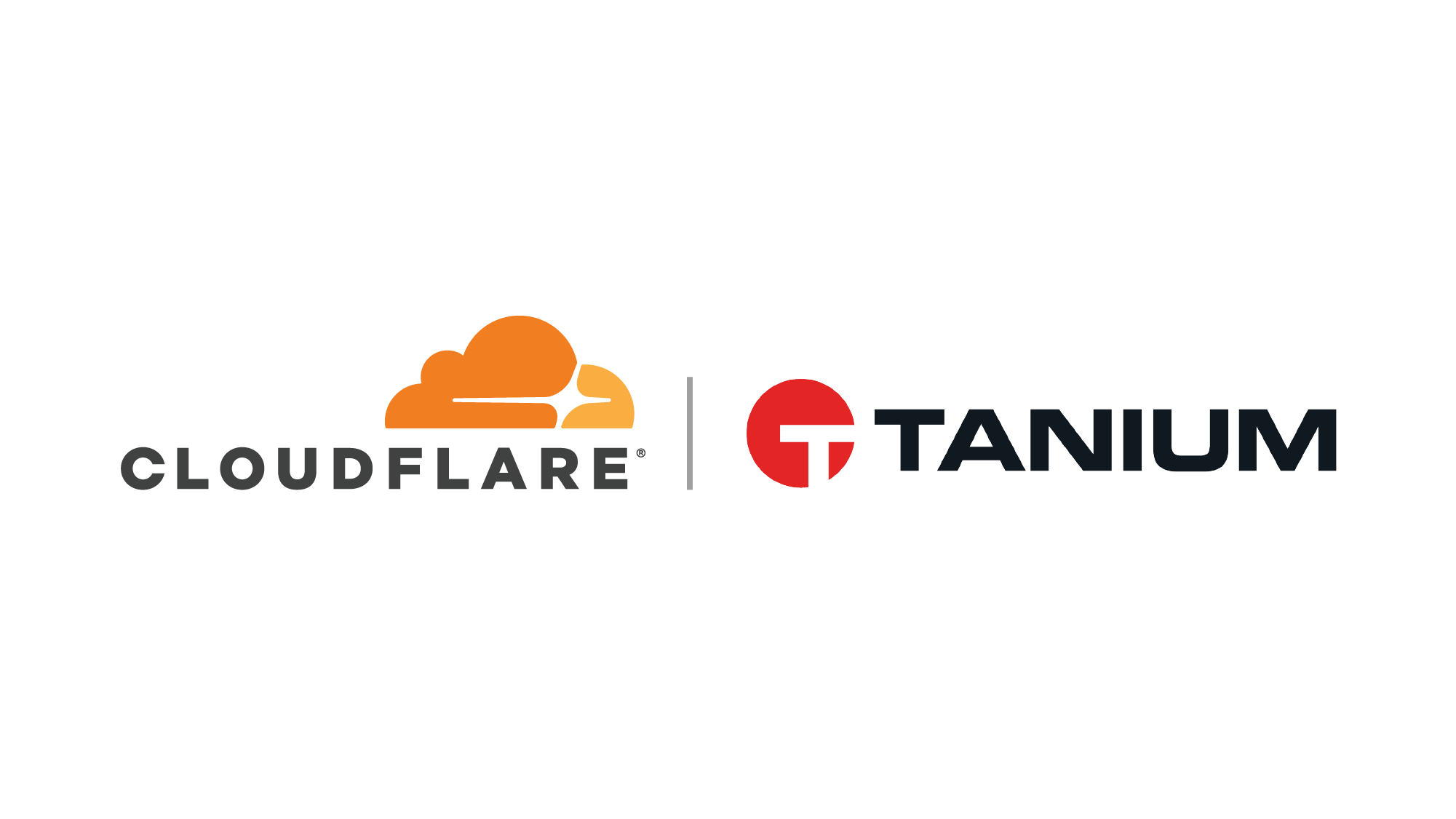
When Cloudflare first launched in 2010, network security still relied heavily on physical security. To connect to a private network, most users simply needed to be inside the walls of the office. Once on that network, users could connect to corporate applications and infrastructure.
When users left the office, a Virtual Private Network (VPN) became a bandaid to let users connect back into that office network. Administrators poked holes in their firewall that allowed traffic to route back through headquarters. The backhaul degraded user experience and organizations had no visibility into patterns and events that occurred once users were on the network.
Cloudflare Access launched two years ago to replace that model with an identity-based solution built on Cloudflare’s global network. Instead of a private network, teams secure applications with Cloudflare’s network. Cloudflare checks every request to those applications for identity, rather than IP ranges, and accelerates those connections using the same network that powers some of the world’s largest web properties.
In this zero-trust model, Cloudflare Access checks identity on every request - not just the initial login to a VPN client. Administrators build rules that Cloudflare’s network continuously enforces. Each request is evaluated for permission and logged for Continue reading

Cloudflare Access, part of Cloudflare for Teams, replaces legacy corporate VPNs with Cloudflare’s global network. Instead of starting a VPN client to backhaul traffic through an office, users visit the hostname of an internal application and login with your team’s SSO provider. While the applications feel like SaaS apps for end users, your security and IT departments can configure granular controls and audit logging in a single place.
Since Access launched two years ago, customers have been able to integrate multiple SSO providers at the same time. This MultiSSO option makes it seamless for teams to have employees login with Okta or Azure AD while partners and contractors use LinkedIN or GitHub.
The integrations always applied globally. Users would see all SSO options when connecting to any application protected by Cloudflare Access. As more organizations use Cloudflare Access to connect distributed and mixed workforces to resources, listing every provider on every app no longer scales.
For example, your team might have an internal GitLab instance that only employees need to access using your corporate G Suite login. Meanwhile, the marketing department needs to share QA versions of new sites with an external agency who authenticates with LinkedIn. Asking both Continue reading

Phishing attacks begin like any other visit to a site on the Internet. A user opens a suspicious link from an email, and their DNS resolver looks up the hostname, then connects the user to the origin.
Cloudflare Gateway’s secure DNS blocks threats like this by checking every hostname query against a constantly-evolving list of known threats on the Internet. Instead of sending the user to the malicious host, Gateway stops the site from resolving. The user sees a “blocked domain” page instead of the malicious site itself.
As teams migrate to SaaS applications and zero-trust solutions, they rely more on the public Internet to do their jobs. Gateway's security works like a bouncer, keeping users safe as they navigate the Internet. However, some organizations still need to send traffic to internal destinations for testing or as a way to make the migration more seamless.
Starting today, you can use Cloudflare Gateway to direct end user traffic to a different IP than the one they originally requested. Administrators can build rules to override the address that would be returned by a resolver and send traffic to a specified alternative.
Like the security features of Cloudflare Gateway, the redirect function is Continue reading